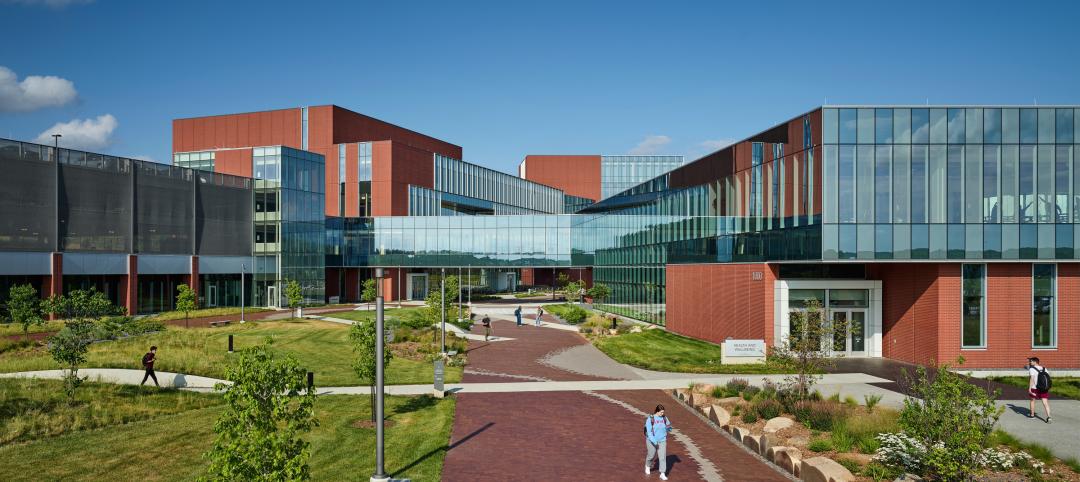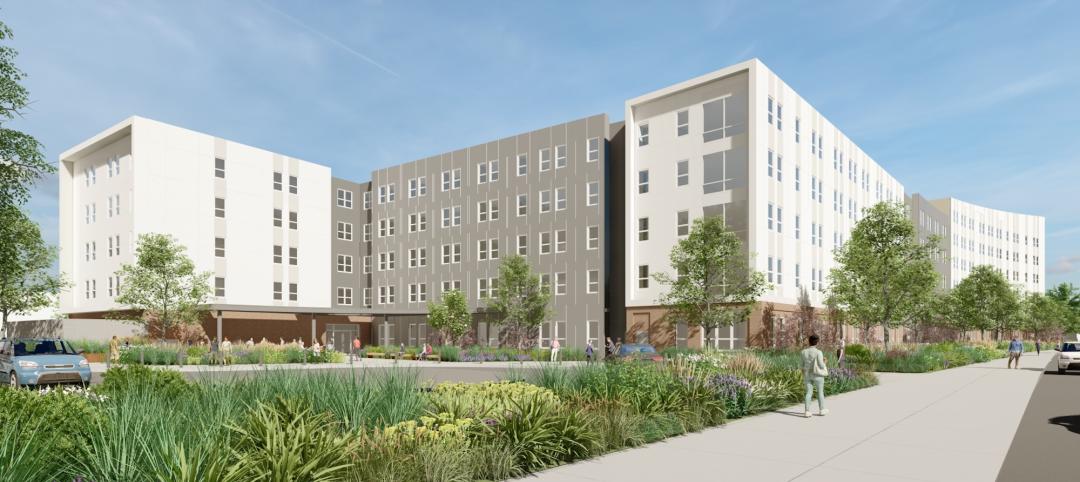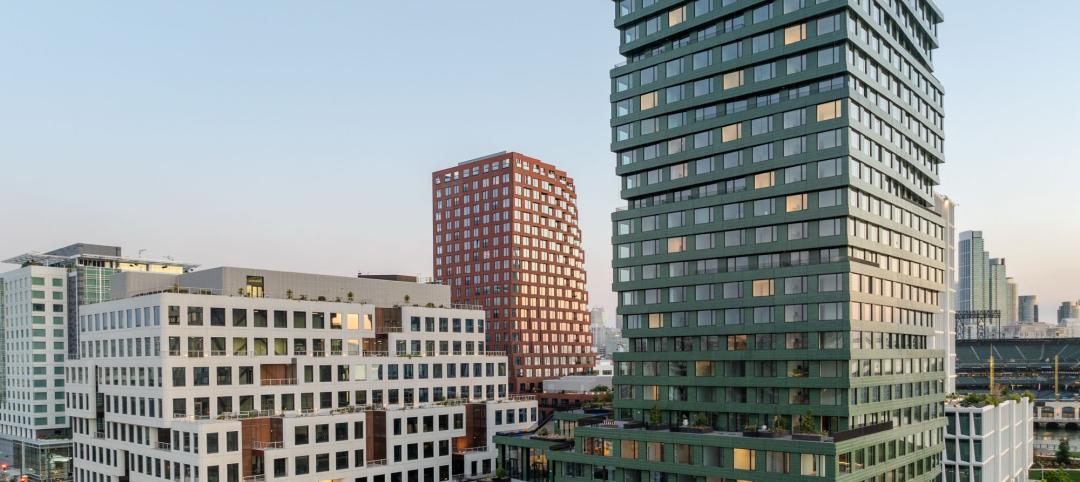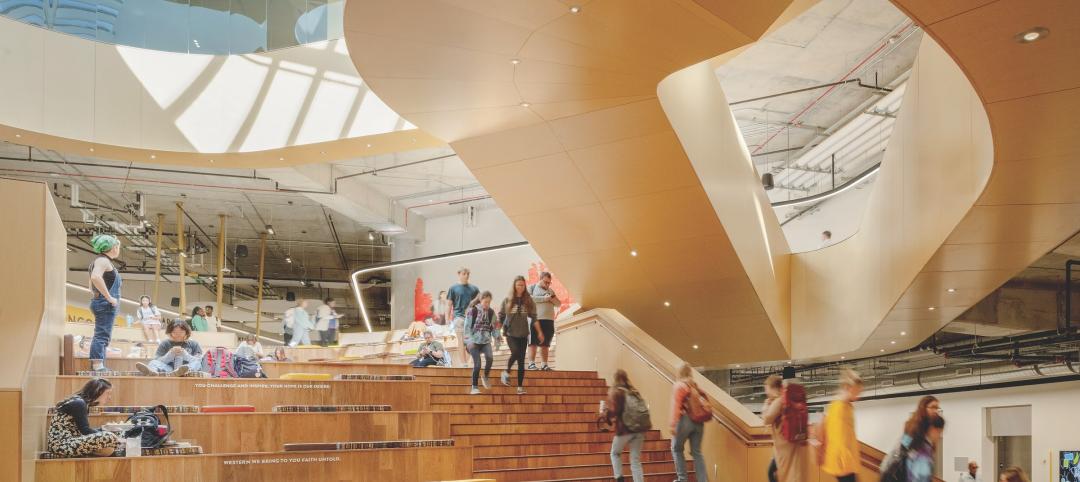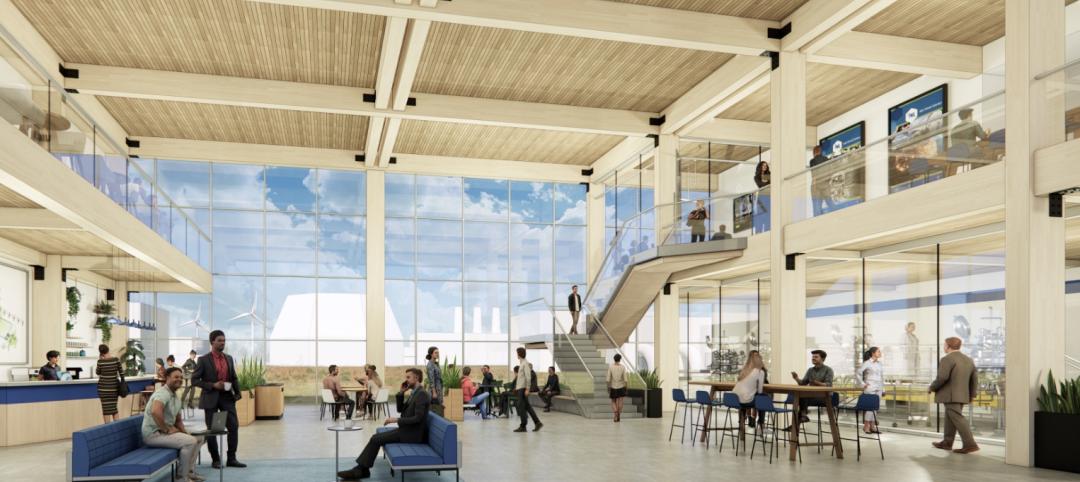Lightning Alley is not just a catchy name for a street or the local bowling lanes. It's the name dubbed to a notorious region in central Florida that is in the heart of the most lightning-prone area in the entire country. And that lightning strike may come at the most inopportune time.
Not only can this force of nature cause bodily injury and severe damage to property, it also has the power to disrupt or destroy a police department's 9-1-1 communications system, which is intended to assist residents during an emergency. That's exactly what happened in the middle of one Florida storm.
When a Walmart in the city of Bushnell was relocated, the facility was donated to the county for their use. The Sumter County Sheriff's Department decided to open its new offices in this building, including housing its emergency communications there.
One serious problem was that the electrical system was built for a 1970's vintage department store, not a critical communications and public safety facility. During one lightning storm in particular, the 9-1-1 system failed, leaving county residents without police, fire or ambulance response.
Inspection of the existing electrical system showed that it was badly flawed, mainly due to improper connectors and poor bonding and grounding. The communications tower, for example, had its own independent and inadequate grounding. The emergency generators and building structure were all independently grounded, each with its own ground rod, exposing its poor design. The main grounding electrode consisted of a single galvanized steel rod from the 1970s, with very high resistance to earth.
A new system was designed and installed for under $40,000, a minimal cost considering the value of the equipment protected, and improved public safety it brought to the residents of Sumter County.
"To be effective, the entire grounding system needs to be properly designed, using listed connectors and corrosion resistant materials," said Dave Brender, National Program Manager for the Copper Development Association, CDA. "Lightning protection systems in particular must be well-grounded to work properly, and could make matters worse if they are not. Copper and its alloys are the most common materials in use for this application because they provide superior corrosion resistance and avoid oxidation problems at connections.
Copper is also easy to install and durable," Brender added.
Central Florida is not the only region in the U.S. affected by severe weather. Similar 9-1-1 and broadcast facilities are employed in areas all over the country where communications is critical and the chances for lightning strikes are quite high. Having proper copper-based grounding and bonding should be a top priority where an entire system can get crippled by lightning.
Related Stories
Sustainable Design and Construction | Oct 10, 2024
Northglenn, a Denver suburb, opens a net zero, all-electric city hall with a mass timber structure
Northglenn, Colo., a Denver suburb, has opened the new Northglenn City Hall—a net zero, fully electric building with a mass timber structure. The 32,600-sf, $33.7 million building houses 60 city staffers. Designed by Anderson Mason Dale Architects, Northglenn City Hall is set to become the first municipal building in Colorado, and one of the first in the country, to achieve the Core certification: a green building rating system overseen by the International Living Future Institute.
3D Printing | Oct 9, 2024
3D-printed construction milestones take shape in Tennessee and Texas
Two notable 3D-printed projects mark milestones in the new construction technique of “printing” structures with specialized concrete. In Athens, Tennessee, Walmart hired Alquist 3D to build a 20-foot-high store expansion, one of the largest freestanding 3D-printed commercial concrete structures in the U.S. In Marfa, Texas, the world’s first 3D-printed hotel is under construction at an existing hotel and campground site.
University Buildings | Oct 9, 2024
Des Moines University Medicine and Health Sciences opens a new 88-acre campus
Des Moines University Medicine and Health Sciences has opened a new campus spanning 88 acres, over three times larger than its previous location. Designed by RDG Planning & Design and built by Turner Construction, the $260 million campus features technology-rich, flexible educational spaces that promote innovative teaching methods, expand research activity, and enhance clinical services. The campus includes four buildings connected with elevated pathways and totaling 382,000 sf.
Student Housing | Oct 9, 2024
University of Maryland begins work on $148 million graduate student housing development
The University of Maryland, in partnership with Campus Apartments and Mosaic Development Partners, has broken ground on a $148.75 million graduate student housing project on the university’s flagship College Park campus. The project will add 741 beds in 465 fully furnished apartments.
AEC Tech Innovation | Oct 8, 2024
New ABC technology report examines how AI can enhance efficiency, innovation
The latest annual technology report from Associated Builders and Contractors delves into how artificial intelligence can enhance efficiency and innovation in the construction sector. The report includes a resource guide, a case study, insight papers, and an essay concerning applied uses for AI planning, development, and execution.
Healthcare Facilities | Oct 8, 2024
Herzog & de Meuron completes Switzerland’s largest children’s hospital
The new University Children’s Hospital Zurich features 114 rooftop patient rooms designed like wooden cottages with their own roofs. The project also includes a research and teaching facility.
Mixed-Use | Oct 7, 2024
New mixed-use tower by Studio Gang completes first phase of San Francisco waterfront redevelopment
Construction was recently completed on Verde, a new mixed-use tower along the San Francisco waterfront, marking the end of the first phase of the Mission Rock development. Verde is the fourth and final building of phase one of the 28-acre project that will be constructed in several phases guided by design principles developed by a design cohort led by Studio Gang.
Brick and Masonry | Oct 7, 2024
A journey through masonry reclad litigation
This blog post by Walter P Moore's Mallory Buckley, RRO, PE, BECxP + CxA+BE, and Bob Hancock, MBA, JD, of Munsch Hardt Kopf & Harr PC, explains the importance of documentation, correspondence between parties, and supporting the claims for a Plaintiff-party, while facilitating continuous use of the facility, on construction litigation projects.
University Buildings | Oct 4, 2024
Renovations are raising higher education campuses to modern standards
AEC higher ed Giants report working on a variety of building types, from performing arts centers and libraries to business schools. Hybrid learning is seemingly here to stay. And where possible, these projects address wellness and mental health concerns.
Laboratories | Oct 2, 2024
Trends in scientific research environments: Q&A with Flad's Matt McCord
As part of an ongoing series, Matt McCord, AIA, NCARB, LEED AP BD+C, Associate Principal with Flad Architects, discusses the future of the scientific workplace.





